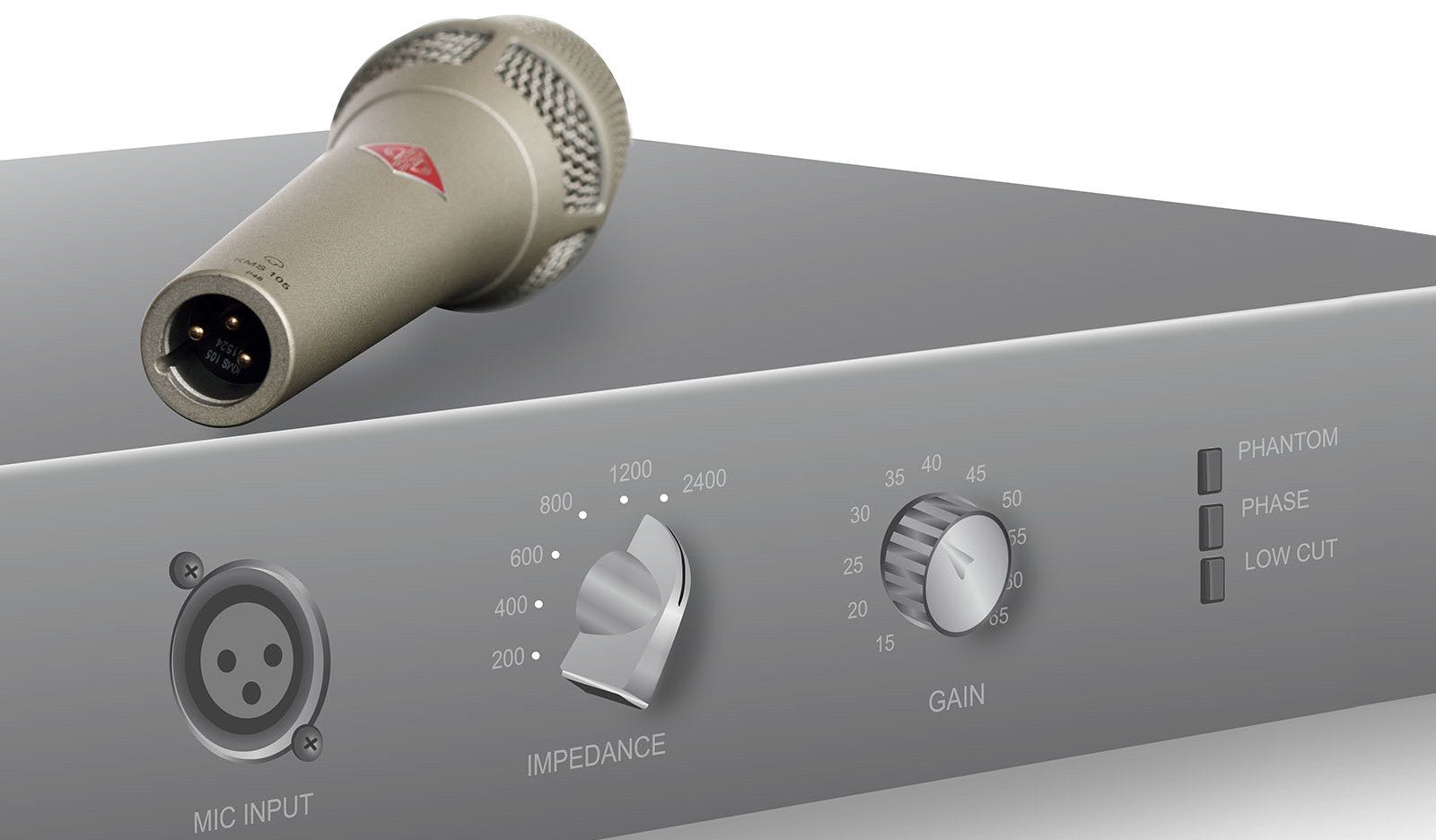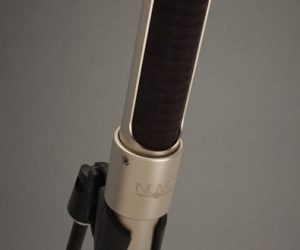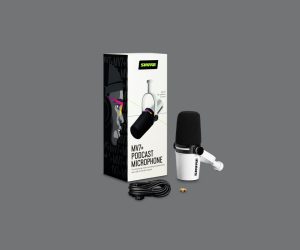
Mic Data 6: Impedance
Microphones usually come with two impedance specs, output impedance and load impedance. What’s the difference? And what is impedance in the first place?
OUTPUT IMPEDANCE
As you may know, electrical audio signals are AC voltages. Simply put, impedance is a kind of AC resistance. Microphones typically come with an output impedance of less than 200 ohms. Such low impedances allow for very long cable runs without sound degradation. Which is a vast improvement over, say, electric guitars, whose high impedance pickups lose quite a bit of top end with cable runs of just 30 ft.
LOAD IMPEDANCE
The load impedance is not a property of the microphone itself; it is the input impedance of the following device, in this case the microphone preamp. In tech talk, a low input impedance represents a high load to the preceding piece of gear. That’s because its output circuit must work harder to drive a low impedance input. A result could be audible distortion, especially at higher levels. To avoid this we want low output impedances driving light loads, i.e high input impedances.
For optimal results, the load impedance should be at least five times higher than the output impedance. So if the microphone has an output impedance of 200 ohms, the preamp should have an input impedance of at least 1.000 ohms. And that’s exactly the figure you’ll find in most microphone data sheets as the “recommended load impedance” or “rated load impedance”. This is the minimum load impedance at which the manufacturer guarantees all other specs.
If your preamp has a higher input impedance, that’s no problem at all. But if you connect your mic to a preamp whose input impedance is significantly lower, you may lose some top end and/or low end, and SPL handling capability may be compromised. It won’t damage the your microphone, though.
SUMMARY
So what do we make of those impedance specs? Not much. Pretty much any studio microphone has an output impedance of 200 ohms or less. The exact value may matter to classical music engineers who often have to work with very long cable runs. But in the home studio, it doesn’t matter. Also, just about any studio preamp comes with an input impedance above the recommended (minimum) load impedance. No problem, either.
There is one exception, though! Some newer preamps offer variable input impedance. If your preamp has such a switch, just set it to its highest setting and forget about it.
















RESPONSES